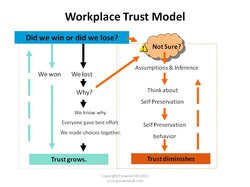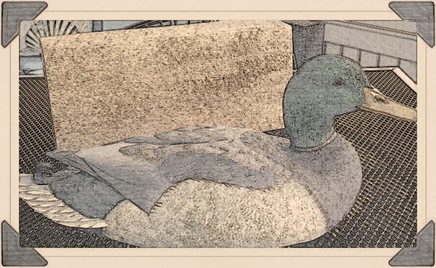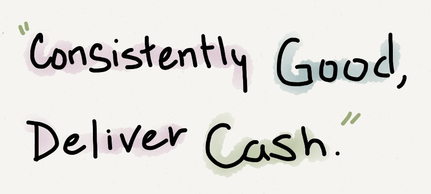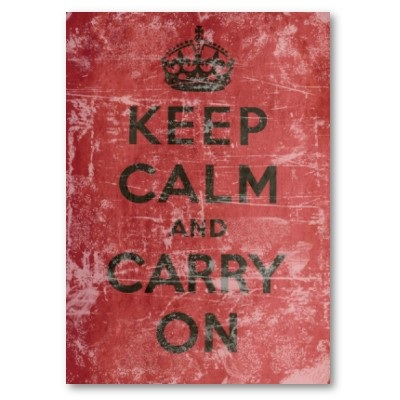
Meeting #1 was with a CEO. He told me of their initiatives to engage a very important group. The result: Lots of effort - minimal response. Most of the checklist items I suggested were met with “Yep. We did that.”
In meeting #2, executives described a great effort to change the organization structure. They were now a couple of years into the new design and results were, well, not good. People were not responding. “We did everything – the usual stuff”.
Two cases… Same employee response, “We’ll get back to you.”
In each of these conversations you could tell they were dangerously close to giving up on their people. They were one step from concluding “our people are too difficult to change”.
Usually, a conversation like this includes a question to me, “So what can you do?” It comes across the table like a well hit forehand. The server hopes to score an ace or prepares to receive our power return – Namely, “here’s the secret I have that you don’t”. Sometimes we do – but that’s not the real answer. We avoid playing the game. Why? Because gaming IS the problem. That is what these and other organizations find themselves doing: throwing a series of initiatives, at a problem and expecting…hoping… for a great response. Imagine hitting a great shot at your opponent and he stands there watching the ball fall to his feet. No return. No engagement. (Perhaps, a little yelling at the umpire) When the expected response does not come from employees, we conclude something is wrong – the next step is typical blame assignment… “is it us ” or “is it them…Are they unchangeable?”
It’s the trust “thing” again
Organizations have years of hard wiring expectations in employee minds. A certain level of trust questioning starts all interactions. It is like your personal computer that, over time, becomes cluttered with fragments… software leftovers. Everything slows down and if you push too hard you find the inevitable blue screen of death. You face these “trust leftovers” in any change. You cannot overcome years of hard-wiring with “normal” actions or a few “one- off” initiatives. You must plan to unravel and rewire. It is difficult. Most give up at difficult. However, rarely is it impossible.
Before I go too far, let’s get back to gaming. What’s wrong with gaming? You can sum it up in one word: opponent. Organization games put people in competition with each other. Competition is good and playing games are fun – when it is against the right competition. Your players are supposed to be on the same side. When the game is between “insiders” trust filters every initiative you attempt. Trust is the key to this hardwired system.
In our last post we started with step one of Aligning People Skill #2: Cultivating Trust – by redefining winning . Do it well and each person has a clear view of what it takes for success. I wish it was as easy as it sounds. It is not. It is only the start because when you redefine winning you don’t just change the rules – you change the game itself. No longer is it insider gaming that defines success, but “organization winning”. If you do it right, the real focus of any organization winning will be to bring your product or service to a world that needs what you have to give. This is a game of all of us versus the competition. Not each other.
A CEO commenting on his competition once said “We beat them because they spend so much time doing business with themselves.” Gaming.
Great leaders learn this lesson early. If there is too much gaming there is too little trust. If there is little trust, normal initiatives do not work. Change the game – by stopping it.






 RSS Feed
RSS Feed